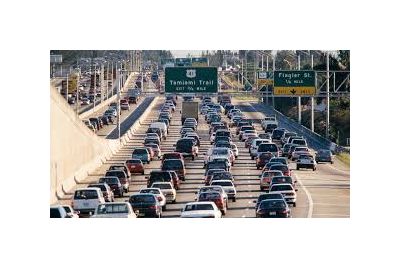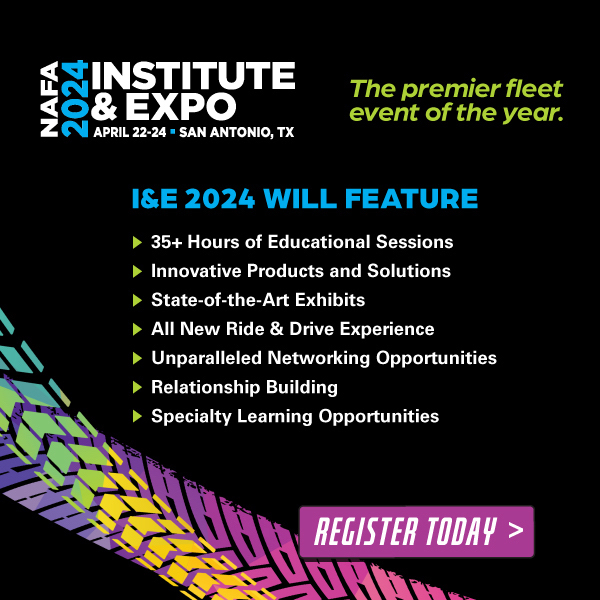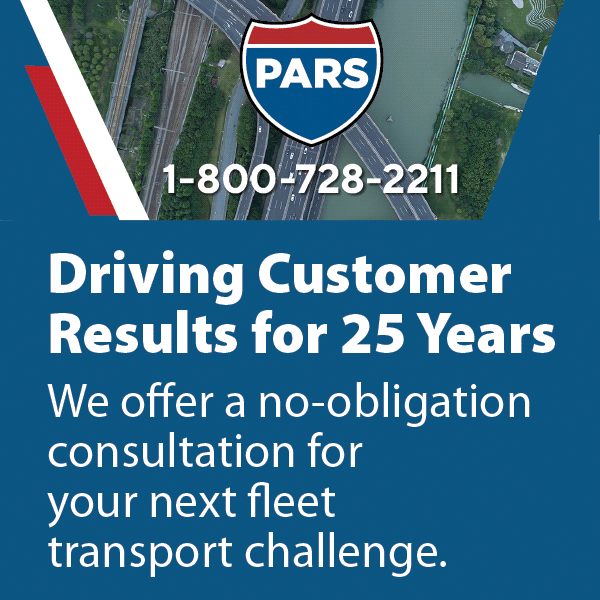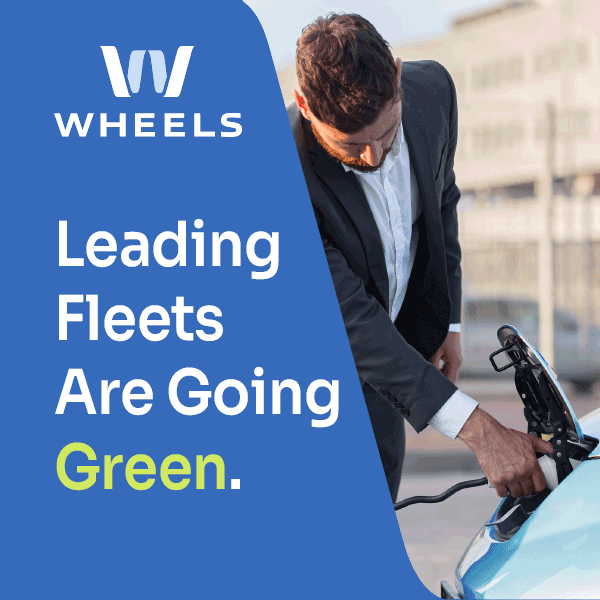
A city full of self-driving cars might not be a city you’d want to live in.
This is the nightmare vision of some transportation experts, who fear what a swarm of privately owned robot cars could do to already-congested urban roads and highways. Imagine roads jammed with “zero occupancy vehicles” circling to pick up their owners or run simple errands. The rise in overall vehicle miles-traveled (VMT) would be dizzying.
So, the logic goes, the cars must be shared: Think driver-less versions of the Ubers and Lyfts we already know and love/hate.
That’s the scenario most carmakers and cities are assuming as autonomous testing grounds open up across the country, and the very first robo-shuttles lurch their way across university campuses and down public streets. (Tesla’s Elon Musk is banking on a different future, one in which there’s an ongoing role for privately owned vehicles like the kind he’s selling.)
But what if this shared-and-automated future arrives, with its low cost and convenience, is so appealing that it becomes the default mode? Transit ridership could plummet. Riders who weren’t driving at all before, whether by choice or by circumstance, could jump into backseats en masse. “Even in a shared scenario, there could be a VMT increase due to increased demand,” says Adam Cohen, a research associate at UC Berkeley’s Transportation Sustainability Research Center, who presented his research on planning for shared mobility this week at the American Planning Association’s annual conference in New York.
The question of how much added traffic fully self-driving cars will bring came up repeatedly throughout the day among city officials, technology leaders, and researchers. “Cities and policymakers have the opportunity now to be proactive in planning for AVs, rather than reactive in the future,” says Cohen—advice that is becoming dogma among “smart city” practitioners and advocates.
“Cities need to be careful about signing contracts that will limit their future ability to shape incentives and disincentives to fight congestion,” says Lisa Nisenson, a mobility consultant at Alta Planning + Design who presented on a similar topic.
In many ways, the carpool services peddled by Uber, Lyft, and others are beginning to teach the public about what to expect with AVs. For customers, pooled rides mimic the automated experience—you summon the car, meander along an algorithm-generated route, and hop out—except that automated version will be cheaper. For planners, there’s not much research out there on how these services affect mobility patterns yet. But a recent report analyzing a wealth of trip data from New York City suggests that low-cost, high-convenience products like UberPOOL stand to add to overall VMT by drawing folks who weren’t using cars previously.
Read more of the original article at City Lab.



